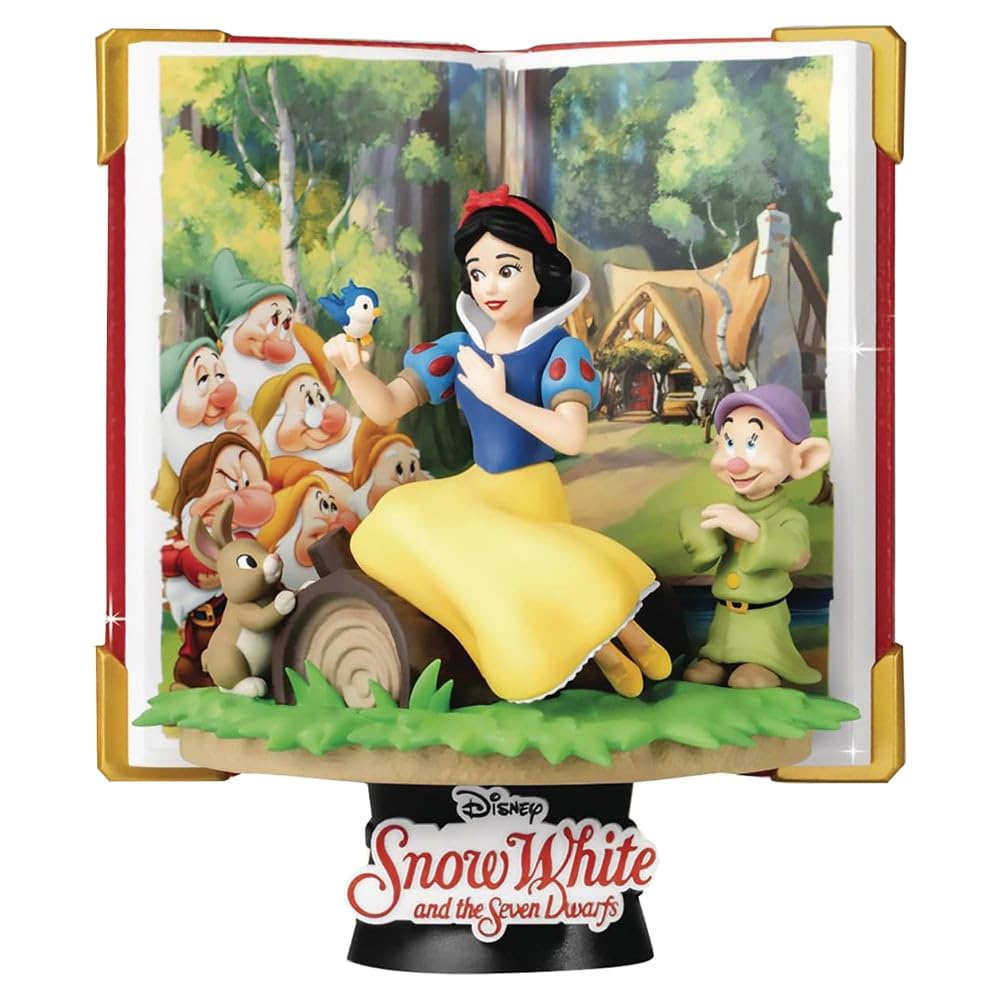
Introduction
Snow White, one of the most beloved fairy tales, has captured the hearts of audiences for generations. Originating from the Brothers Grimm’s collection of German folktales in the 19th century, this timeless story has transcended cultures and mediums, highlighting themes of innocence, jealousy, and resilience. It also marks a significant moment in animation history, being the first full-length animated feature film produced by Walt Disney in 1937. The tale’s relevance continues to resonate in contemporary society through various adaptations and retellings.
The Story and its Origins
The story of Snow White begins with a beautiful princess whose jealous stepmother, the Evil Queen, orders her death in a fit of rage over the girl’s beauty. However, Snow White escapes into the forest, where she encounters a group of seven dwarfs who take her in. The narrative unfolds as the Evil Queen attempts multiple times to eliminate Snow White, culminating in a climactic showdown that ultimately leads to the queen’s demise and Snow White’s awakening through true love’s kiss.
Modern Adaptations
Since its inception, Snow White has been adapted into various formats, including films, stage plays, and even television series. Disney’s 1937 animated feature set the standard for animated storytelling and remains a classic. More recent adaptations, like the live-action film Snow White and the Huntsman (2012) and the delightful take in the series Once Upon a Time have offered new perspectives on the characters and plot. Additionally, the story is often reimagined in literature and popular media, highlighting its versatility and ongoing relevance.
Cultural Impact and Significance
Snow White’s impact goes beyond mere entertainment; it has become a cultural icon. The themes of jealousy and the triumph of good over evil resonate across ages, reflecting societal values and personal struggles. The character of Snow White herself serves as a symbol of innocence and virtue, attributes that many fans, young and old, relate to. In a broader context, the story has sparked discussions about beauty standards and the portrayal of women in media, encouraging more nuanced interpretations in modern storytelling.
Conclusion
The legacy of Snow White endures as a quintessential fairy tale that continues to enchant audiences worldwide. Its historical significance in animation, coupled with its adaptability over the years, ensures that Snow White will remain a staple of popular culture for years to come. As new adaptations emerge, it will be interesting to see how this classic tale is reinterpreted, keeping its core themes alive while addressing contemporary issues. Snow White’s story serves as a reminder of the power of love, resilience, and the ongoing battle against envy, making it as relevant today as it was in the past.


